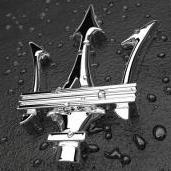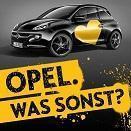Audi e-tron GT 2021
-
Contenuti simili
-
- 52 risposte
- 41497 visite
-
Audi Q6 Sportback e-tron 2025
Pubblicato da Osv,
- audi ufficiale
- audi q6 sportback e-tron
- (e 3 altri in più)
- 2 risposte
- 1100 visite
-
- 29 risposte
- 10632 visite
-
-
-





.thumb.jpg.902d2a4f20a129e92b6f6920407b81bd.jpg)



















.thumb.jpg.46228d717c405acd43b45b79fddce6a4.jpg)


Messaggi Raccomandati:
Crea un account o accedi per lasciare un commento
Devi essere iscritto per commentare e visualizzare le sezioni protette!
Crea un account
Iscriviti nella nostra community. È facile!
Registra un nuovo accountAccedi
Sei già registrato? Accedi qui.
Accedi Ora